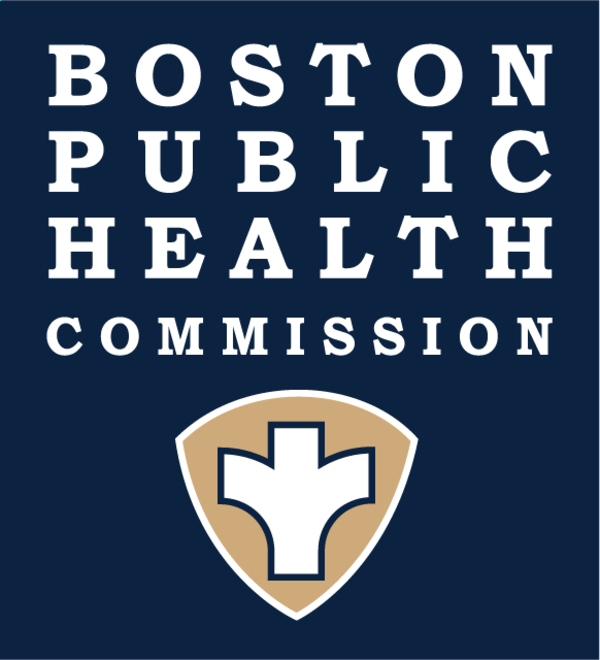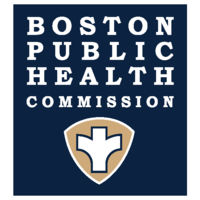Brucellosis
This fact sheet answers frequently asked questions about brucellosis.
Brucellosis is an infection caused by a family of bacteria called Brucellae. It is commonly found in animals. In rare cases brucellosis can infect humans who have contact with infected animals. Human cases are often seen in slaughterhouse workers. This suggests that the bacteria can transmit through the air.
The basics
How is brucellosis spread?
Brucellosis is most often spread by eating contaminated milk and dairy products. It also spreads when open wounds come into direct contact with infected animals. Brucellosis is not easily transmitted from person to person.
Symptoms
What are the symptoms?
Symptoms of brucellosis include fever, headache, muscle aches, joint pain, back pain, sweats, chills, weakness, and general malaise. Many people also experience nausea, vomiting, diarrhea, and constipation. In some cases cough and chest pain can occur.
How long does it take for symptoms to appear?
Symptoms can take between 5 and 60 days to develop, but some people may not have any symptoms. A person exposed to large doses of the bacteria in the air is more likely to develop symptoms quickly.
Prevention
How can I prevent brucellosis?
Do not eat undercooked meat or unpasteurized dairy products (such as milk, cheese or ice cream). Hunters, veterinarians, laboratory workers and slaughterhouse workers should use protective gear (such as gowns, gloves and goggles) when handling animal tissues.
Is there a vaccine against brucellosis?
There is currently no vaccine available for humans.
For more information on brucellosis, visit the Centers for Disease Control and Prevention.
Treatment
How is it treated?
Health care providers use antibiotics when treating brucellosis. Brucellosis has a low fatality rate, but if untreated, symptoms can be prolonged and disabling. You must immediately report all cases of suspected brucellosis to local health departments.




